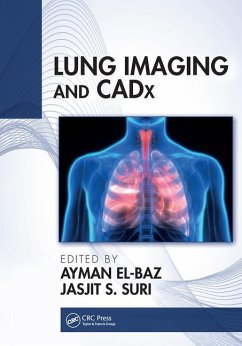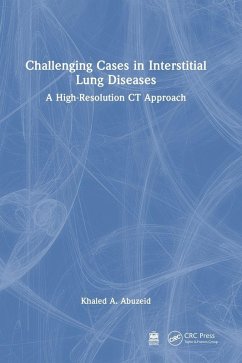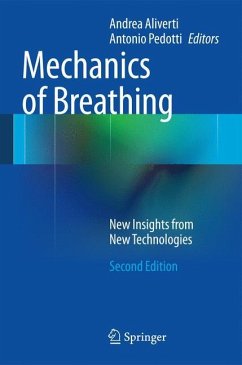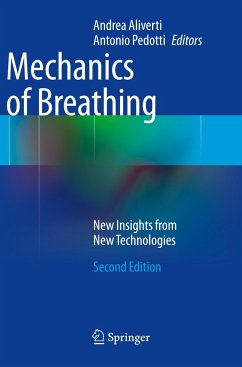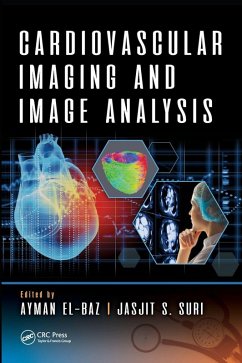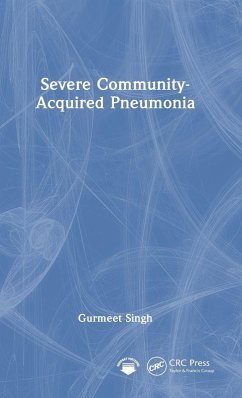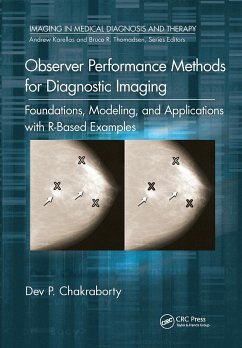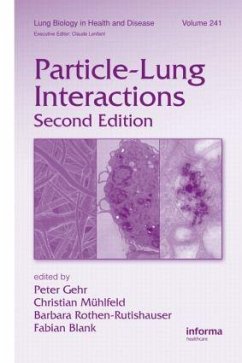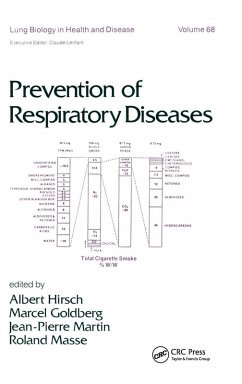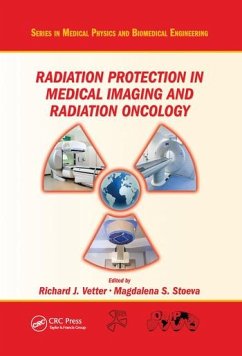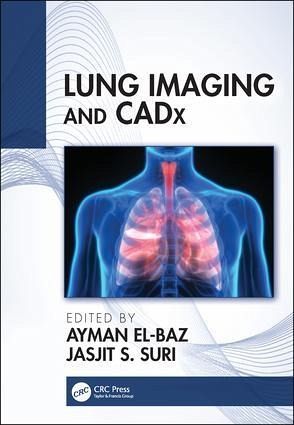
Gebundenes Buch
Lung Imaging and CADx
Versandkostenfrei!
Versandfertig in 1-2 Wochen

PAYBACK Punkte
115 °P sammeln!




Developing an effective computer-aided diagnosis (CAD) system for lung cancer is of great clinical importance and can significantly increase the patient's chance for survival. For this reason, CAD systems for lung cancer have been investigated in a large number of research studies.
BIOGRAPHIES Ayman El-Baz is a professor, university scholar, and chair of the Bioengineering Department at the University of Louisville, Louisville, Kentucky. He earned his bachelor's and master's degrees in electrical engineering in 1997 and 2001, respectively. He earned his doctoral degree in electrical engineering from the University of Louisville in 2006. In 2009, he was named a Coulter Fellow for his contributions to the field of biomedical translational research. He has 17 years of hands-on experience in the fields of bio-imaging modeling and noninvasive computer-assisted diagnosis systems. He has authored or coauthored more than 500 technical articles (132 journals, 23 books, 57 book chapters, 211 refereed-conference papers, 137 abstracts, and 27 U.S. patents and disclosures). Jasjit S. Suri is an innovator, scientist, a visionary, an industrialist, and an internationally known world leader in biomedical engineering. He has spent over 25 years in the field of biomedical engineering/devices and its management. He received his doctorate from the University of Washington, Seattle, and his business management sciences degree from Weatherhead School of Management, Case Western Reserve University, Cleveland, Ohio. He was awarded the President's Gold Medal in 1980 and named a Fellow of the American Institute of Medical and Biological Engineering for his outstanding contributions in 2004. In 2018, he was awarded the Marquis Life Time Achievement Award for his outstanding contributions and dedication to medical imaging and its management.
Produktdetails
- Verlag: CRC Press
- Seitenzahl: 404
- Erscheinungstermin: 6. Mai 2019
- Englisch
- Abmessung: 260mm x 183mm x 26mm
- Gewicht: 952g
- ISBN-13: 9781138050914
- ISBN-10: 1138050911
- Artikelnr.: 56850031
Herstellerkennzeichnung
Libri GmbH
Europaallee 1
36244 Bad Hersfeld
gpsr@libri.de
Für dieses Produkt wurde noch keine Bewertung abgegeben. Wir würden uns sehr freuen, wenn du die erste Bewertung schreibst!
Eine Bewertung schreiben
Eine Bewertung schreiben
Andere Kunden interessierten sich für


